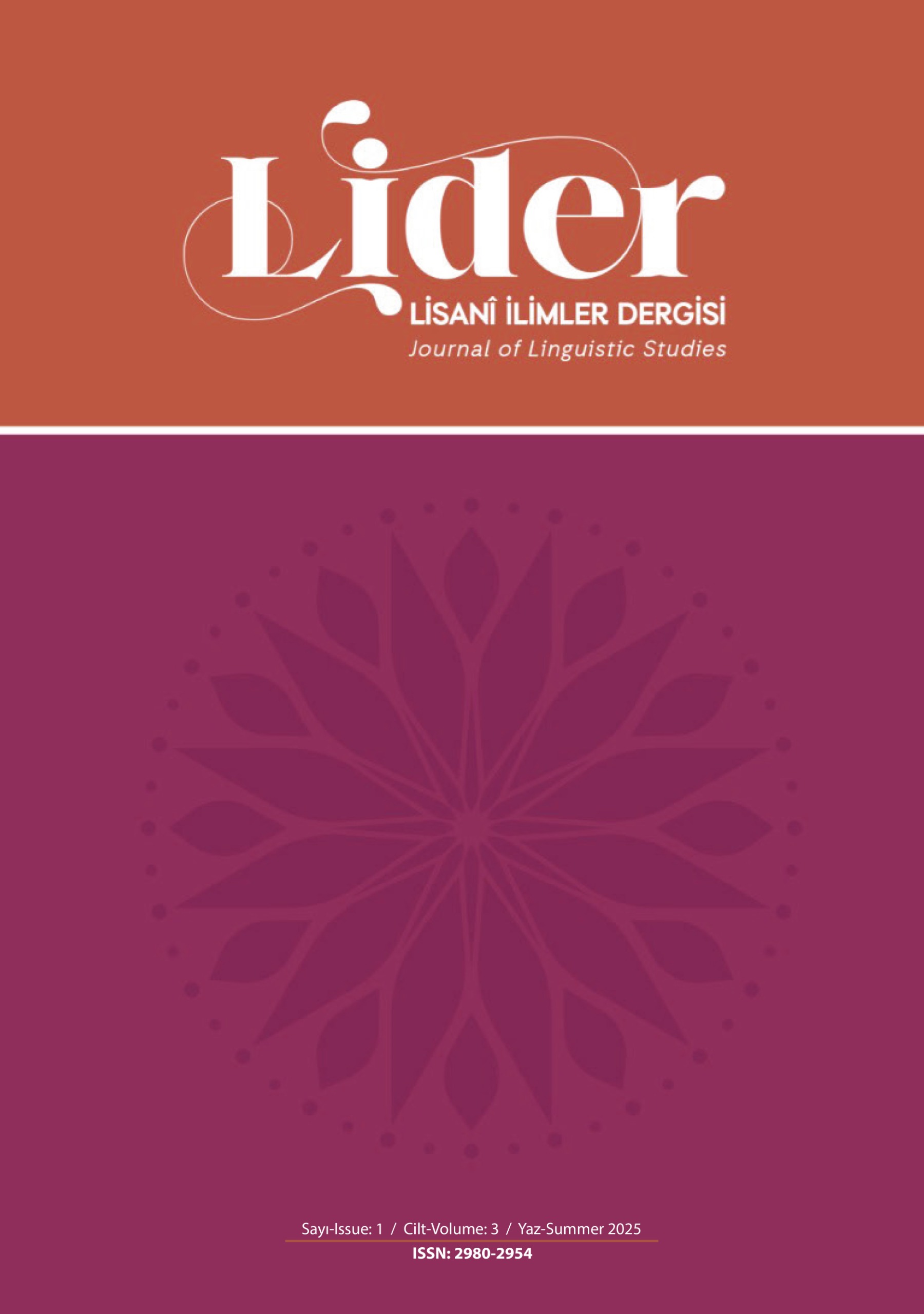TYPES OF DIPLOMATIC CORRESPONDENCE Types of Diplomatic Correspondence
Main Article Content
Abstract
Diplomacy is one of the main tools for establishing, maintaining and managing peaceful relations between states. Diplomatic writing is one of the most important elements that carry the spirit of these relations, shape the will and record it in memory. Diplomatic texts are not only texts that convey messages; they are also the state's mind on paper and the outward expression of the national will. Each diplomatic text reflects a specific political intention, strategic position or historical process. They can be a warning at the threshold of crisis, an intention at the threshold of peace, a foundation at the beginning of cooperation. In contrast to the ephemerality of oral expressions, diplomatic correspondence is characterized by its permanence and formality, a testimony left for the future, one of the most refined tools used in international relations. Diplomatic correspondence is not only ephemeral texts that shape the politics of the day; it is also the recorded memory of the relations that states have woven with each other over centuries. In this respect, diplomatic writing is both the spoken language of diplomacy and the silent witness of history. This historical and strategic meaning of diplomatic writings makes them texts that need to be meticulously analysed not only in terms of content but also in terms of form. Recognizing the types of diplomatic writing and using them correctly is of great importance in terms of both legal validity and strategic depth in international relations. For this reason, diplomatic texts should be considered not only as documents to be read, but also as multi-layered diplomatic tools to be analysed.
Key Words: diplomacy, diplomatic correspondence, types of diplomatic writing, international relations.
Article Details

This work is licensed under a Creative Commons Attribution 4.0 International License.

